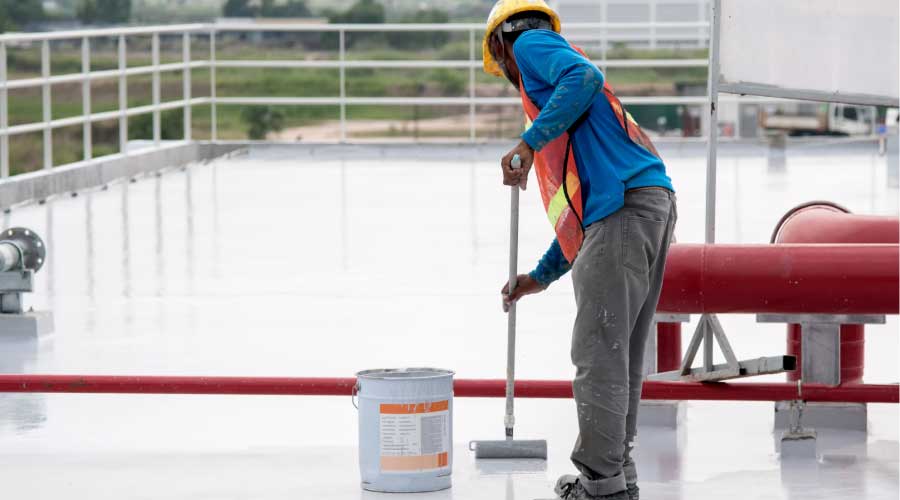Your Roof: What To Do Before Winter
Severe weather, with extreme temperature fluctuations and excessive snow and ice, produces the same damaging effects on roof systems as it does on roads. Proper preparation and repairs can eliminate severe problems to the roof in advance of winter conditions.
Defects to the roof membrane require immediate attention. Roof membrane defects account for the majority of premature roof system failures. Common types of defects are openings, holes, and splits to the membrane, and openings or splits at seams. Critical defects include blisters, ridges, and splits in the membrane, as well as deterioration of membrane material where the scrim is exposed.
In mechanically attached single-ply systems, it is important to inspect the membrane seams for potential fastener movement that may puncture the membrane. Identify any areas that exhibit loss of attachment for there is the potential of splits or openings at these points and displacement (blow-off) in elevated wind speeds.
Industry surveys indicate that approximately 80 percent of all roof leaks occur at flashings and roof penetrations. Therefore, it is imperative that these areas are carefully inspected for defects. Inspections should be conducted at all flashing points including walls, penetrations, and accessories. Common types of defects at flashings are openings and splits in the material and deterioration of material where scrim is exposed. Most flashing defects occur at openings in membrane seams or at points where flashing is buckled or unattached. Openings also occur at perimeter sealant applied at flashing terminations and sheet metal joints and coverings.
Other Trouble Spots
There are other, often overlooked trouble spots that could contribute to problems if they are not corrected prior to the onslaught of winter weather. For instance, facility managers should be cognizant of extensive debris on the roof surface. Debris can be detrimental to the roof system in a variety of conditions. Certain types of debris can puncture the membrane or flashing material — a condition that can be intensified by the weight of snow or ice. Debris may also clog roof drains, impeding proper drainage.
Roof drains, scuppers, and gutters should be cleaned of all debris and obstructions. Avoiding impediments to drainage flow in winter months is especially critical because the resulting ponded water may freeze. This creates a live load over an extended period of time. The additional weight to the structure may result in roof collapse. This is an extreme case, but roof disasters like this have certainly been known to happen, especially with heavy live loads.
Removal of the snow or ice from the roof system may be required, if there is an excessive amount of accumulation, to eliminate live load weight or free a path to roof drains. If facility managers decide to conduct these types of operations, they should be certain that the roof membrane is not damaged in the process. It is best to use plastic shovels and not to remove snow all the way down to the membrane surface. The intent is to remove weight, not to provide walkable surface such as on a public sidewalk. Any leaks that do occur in the winter months should be properly repaired.
Related Topics:













